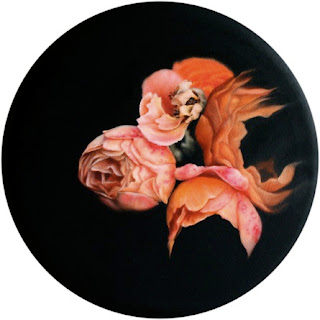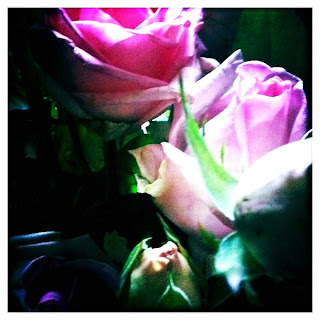A little taster of the wedding flowers I put together for the wonderful Emma Walker of craftscotland and her now husband Mick Pritchard. The mantra we all repeated was 'celebratory and joyful' and Emma's love of colour ran through the bouquets and the reception (more of that to follow). Thank you Emma for letting me be part of your day and trusting my creative vision.
Fragrant roses from an English country garden
Polka dots and striped haberdashery loveliness
A little buttonhole magic (and a white rose for a Yorkshire born groom)
A little something vintage and blue for the bride
A love poem to start the day























































